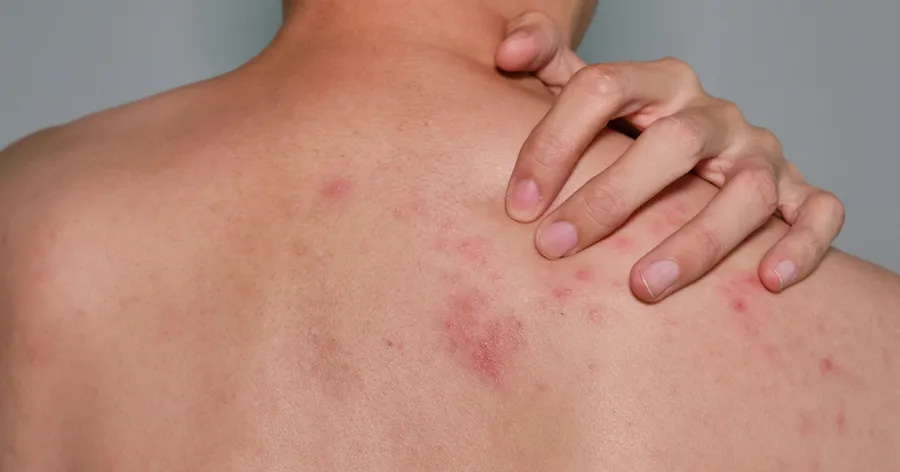Shingles, also known as herpes zoster, is a viral infection caused by the varicella-zoster virus—the same virus responsible for chickenpox. After a person recovers from chickenpox, the virus can remain dormant in nerve cells and later re-emerge as shingles. Understanding the risks, complications, and potential long-term effects of shingles is crucial for managing the condition. Here’s a comprehensive overview:
**1. *Risk Factors:*
- Age: Shingles is more common in individuals over the age of 50, and the risk increases with age.
- Weakened Immune System: Conditions or medications that weaken the immune system, such as HIV/AIDS or immunosuppressive drugs, can elevate the risk.
- Previous Chickenpox: Individuals who have had chickenpox are at risk of developing shingles.
- Stress: Elevated stress levels may contribute to the reactivation of the varicella-zoster virus.
**2. *Common Symptoms:*
- Pain and Tingling: Often precedes the appearance of the rash.
- Rash: Typically appears as a red, blistering rash that follows a specific nerve pathway.
- Flu-Like Symptoms: Headache, fever, and fatigue may accompany the rash.
**3. *Complications:*
- Postherpetic Neuralgia (PHN): Persistent pain in the affected area that can last for months or even years after the rash has healed.
- Vision Loss: If shingles affects the eyes (ophthalmic shingles), it can lead to vision problems or, in rare cases, permanent vision loss.
- Neurological Complications: In severe cases, shingles can cause inflammation of the brain (encephalitis) or spinal cord (myelitis).
**4. *Long-Term Effects:*
- Postherpetic Neuralgia (PHN): The most common long-term effect, PHN can significantly impact the quality of life due to persistent pain.
- Vision Issues: If shingles affects the eyes, residual vision problems may persist.
- Neurological Effects: Rare cases may involve long-term neurological complications, particularly if the virus affects the central nervous system.
**5. *Vaccination:*
- Shingrix Vaccine: Recommended for individuals aged 50 and older, the Shingrix vaccine is highly effective in preventing shingles and reducing the severity of symptoms if the infection occurs.
**6. *Treatment:*
- Antiviral Medications: Prescribed to shorten the duration and severity of the infection, especially when taken early.
- Pain Management: Over-the-counter or prescription pain relievers may be recommended for managing pain.
**7. *Preventive Measures:*
- Vaccination: If eligible, receiving the Shingrix vaccine can significantly reduce the risk of developing shingles.
- Maintain a Healthy Immune System: Adopting a healthy lifestyle, including regular exercise, a balanced diet, and managing stress, can support overall immune function.
**8. *Seeking Medical Attention:*
- Early Intervention: If you suspect you have shingles, seek medical attention promptly. Early treatment can help mitigate the severity of symptoms and reduce the risk of complications.
**9. *Managing Pain and Discomfort:*
- Topical Treatments: Calamine lotion or other soothing creams may help alleviate itching and discomfort.
- Cool Compresses: Applying cool compresses to the affected area can provide relief.
**10. *Quarantine:*
- Prevent Transmission: Individuals with shingles should avoid contact with individuals who have not had chickenpox or are at risk of complications. The virus can be transmitted to those who have not had chickenpox, leading to chickenpox rather than shingles.
Conclusion:
While shingles can be a painful and challenging condition, early detection, medical intervention, and preventive measures such as vaccination can significantly improve outcomes. If you suspect you have shingles or are at risk, consult with a healthcare professional for appropriate guidance and treatment options.

